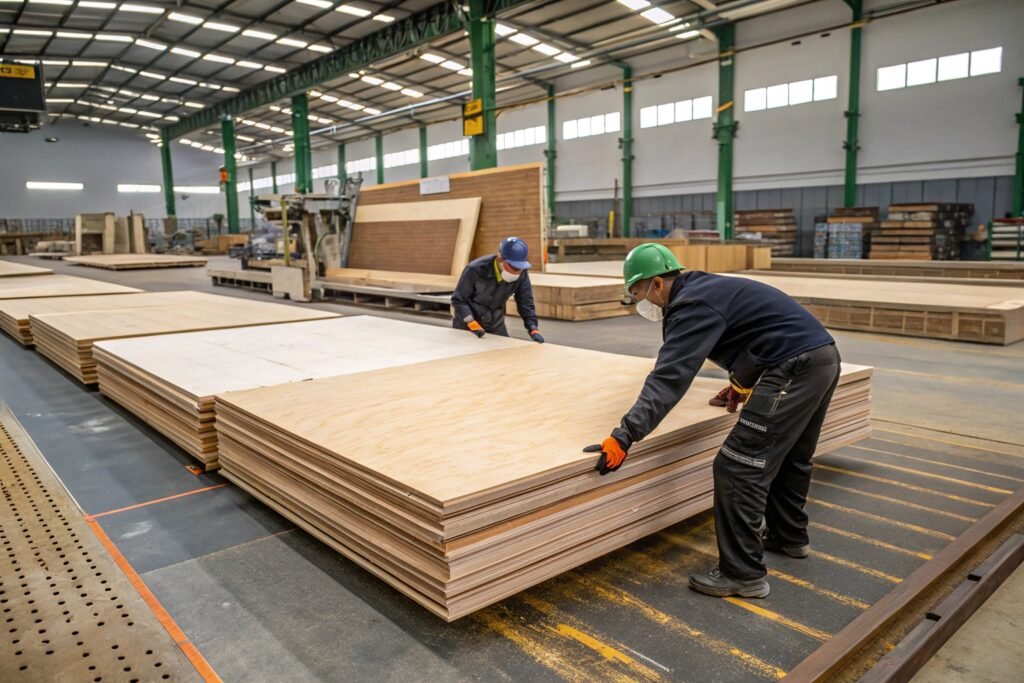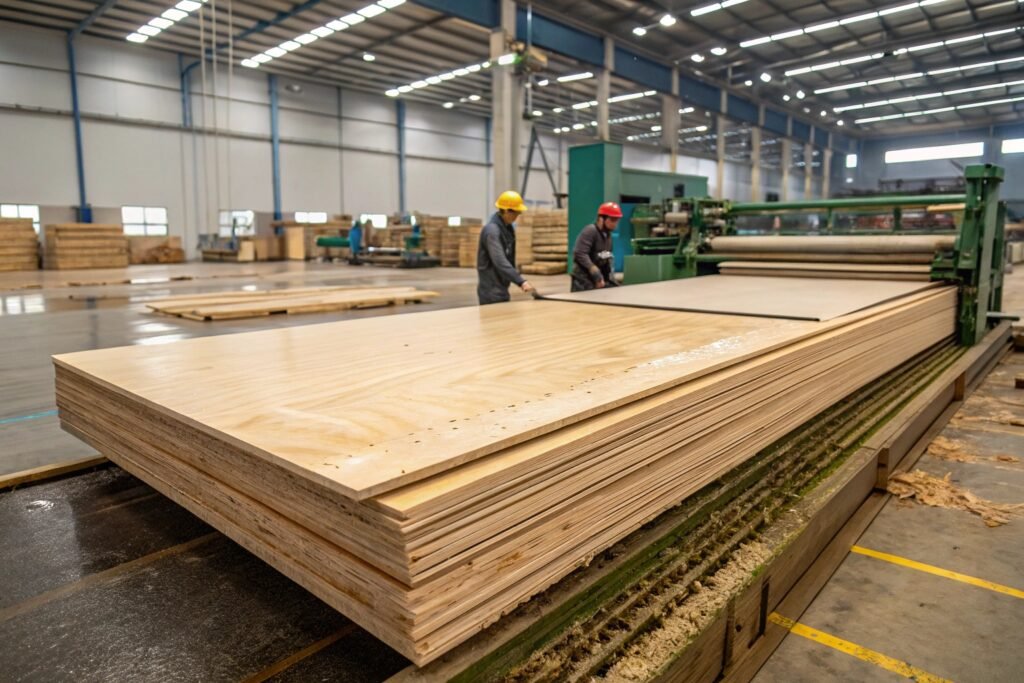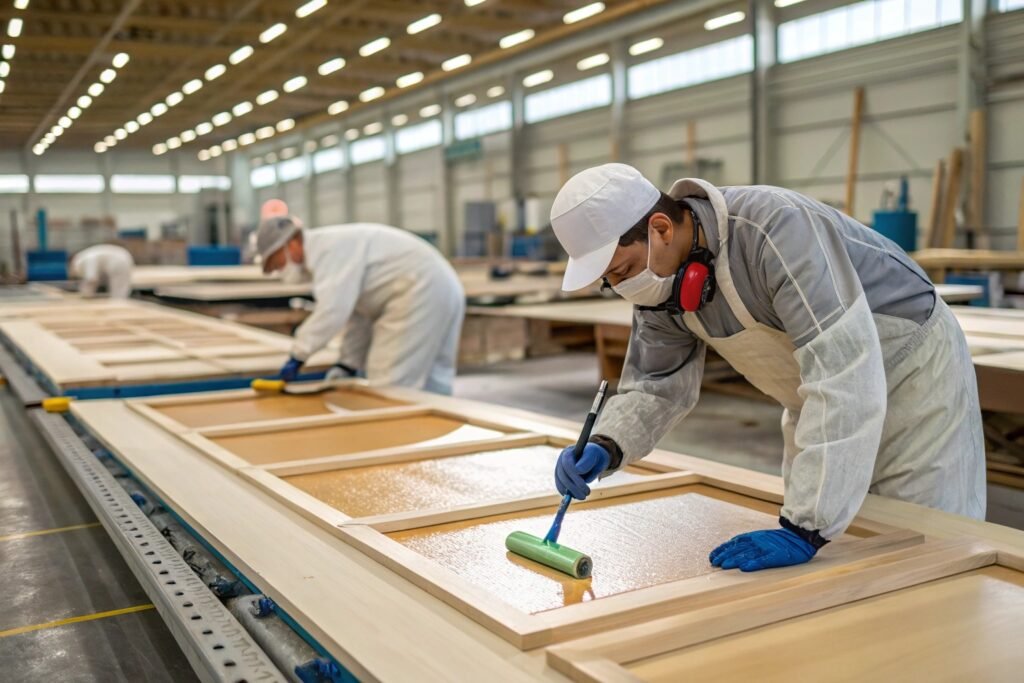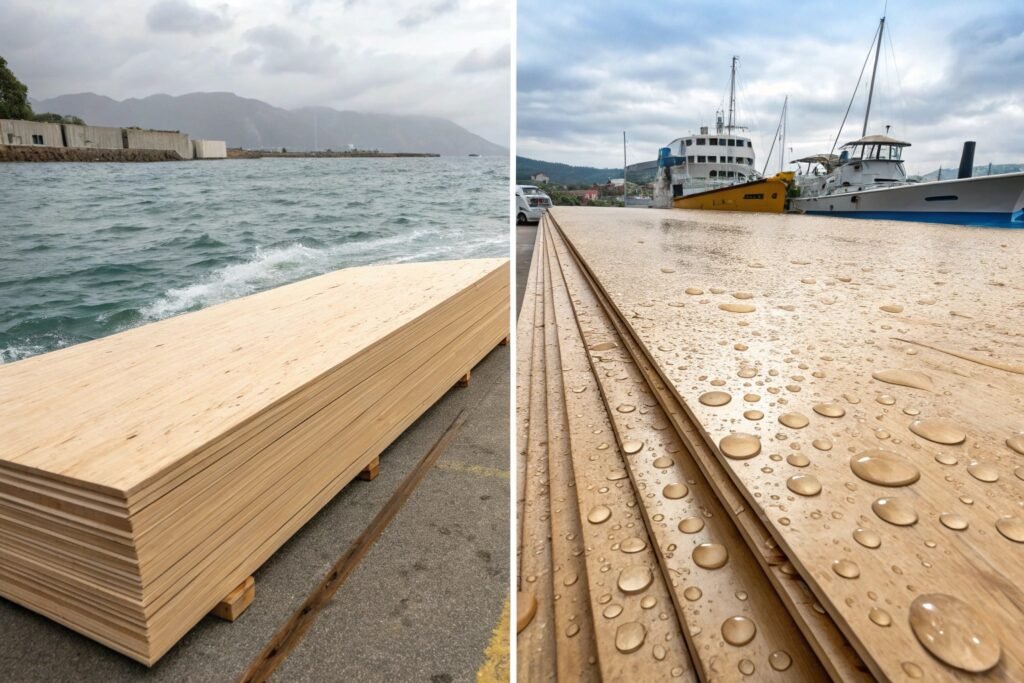Plywood warps, rots, or degrades quickly when exposed to outdoor elements—unless you choose the right type from the beginning.
The best plywood for outdoor use is marine-grade or exterior-grade plywood with waterproof adhesive and weather-resistant cores.

If you’re working on an outdoor project, choosing the wrong plywood could mean redoing it all in a year. On the other hand, understanding which types can handle moisture, sun, and temperature swings saves time and money.
What plywood will last outside?
Humidity, rain, and temperature changes damage regular plywood quickly. That’s why special outdoor plywood exists—built differently from the inside out.
Marine plywood and ACX plywood are made with waterproof glues and have tighter core gaps, so they last longer outside.

Understanding Outdoor Plywood Ratings
To know which plywood performs outdoors, look at these three parts: the glue type, the veneer quality, and the wood species. Here’s a breakdown:
| Type | Glue Type | Core Gaps | Use Case | Standard |
|---|---|---|---|---|
| Marine Plywood | Phenolic Resin | None | Boats, docks, facades | BS 1088 |
| ACX Plywood | Waterproof Glue | Minimal | Sheds, fences, subfloors | APA Exposure 1 |
| CDX Plywood | Exterior Glue | Large | Roofing, temporary structures | APA Exposure 1 |
| MDO Plywood | Resin-impregnated | Minimal | Signage, painted structures | APA MDO |
Marine plywood is the most durable and certified to resist moisture fully. ACX plywood is next in line, good for most exterior home projects like fences or decks.
How do you waterproof plywood for outdoor use?
Even tough plywood can fail without extra protection, especially when fully exposed to weather.
To waterproof plywood, seal the edges and surfaces with epoxy, paint, or oil-based wood sealers.

Sealant Methods that Work Best
Different outdoor uses call for different sealing strategies. The edges of plywood are often where water seeps in first. Here’s a quick reference:
| Method | Material Example | Best For | Frequency |
|---|---|---|---|
| Epoxy Sealer | West System Epoxy | Full waterproof barrier | Every 2–3 years |
| Exterior Wood Paint | Acrylic Latex Paint | UV + water protection | Yearly |
| Wood Preservative Oil | Linseed/Tung Oil | Natural finish look | Every 6 months |
I once used linseed oil on some ACX plywood for a pergola job. It looked great—but after two heavy rainy seasons, water started to creep in at the edges. Now, I always seal those edges with epoxy first.
Is plywood waterproof or water resistant?
Many people think “exterior” means “waterproof.” That’s not always true. Labels can be misleading if you don’t know the difference.
Plywood is usually water resistant—not fully waterproof—unless it’s marine grade with a waterproof core and glue.

Breaking Down the Labels
Let’s decode the common plywood types and what they actually mean in wet environments:
| Label | Waterproof Core | Waterproof Glue | Notes |
|---|---|---|---|
| Marine-Grade | Yes | Yes | Built to resist long-term water exposure |
| Exterior (CDX/ACX) | No | Yes | Can handle moisture, but not prolonged soaking |
| Interior (BC, C) | No | No | Not for any outdoor use |
Always ask suppliers about the adhesive type and check for stamps like “WBP” (Weather and Boil Proof) or “BS1088” to be sure it’s marine-certified.
What is the most rot resistant plywood?
Some plywood panels will start growing mold in just a few weeks of wet conditions. But others stay solid for years, even in constant humidity.
The most rot-resistant plywood is marine-grade plywood, especially those made from hardwoods like okoume or meranti, sealed with phenolic glue.
Choosing Based on Rot Resistance
Here’s how the most common outdoor plywood types hold up over time:
| Type | Rot Resistance | Glue Type | Ideal Use |
|---|---|---|---|
| Marine Plywood | High | Phenolic Resin | Docks, boats, exterior panels |
| MDO Plywood | Medium | Waterproof resin | Signboards, painted surfaces |
| CDX Plywood | Low | Exterior Glue | Roofing, subfloors, short-term |
In one of my previous projects, we used marine-grade plywood for a client near the sea. After five years, no warping or rot. The same project done earlier with CDX had to be redone after just 18 months.
Conclusion
To build anything that lasts outside, pick marine or ACX plywood, seal it properly, and check the labels—real waterproofing starts before installation.
